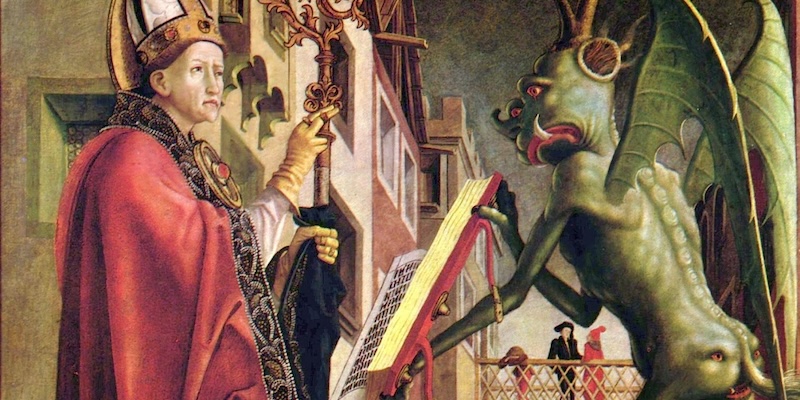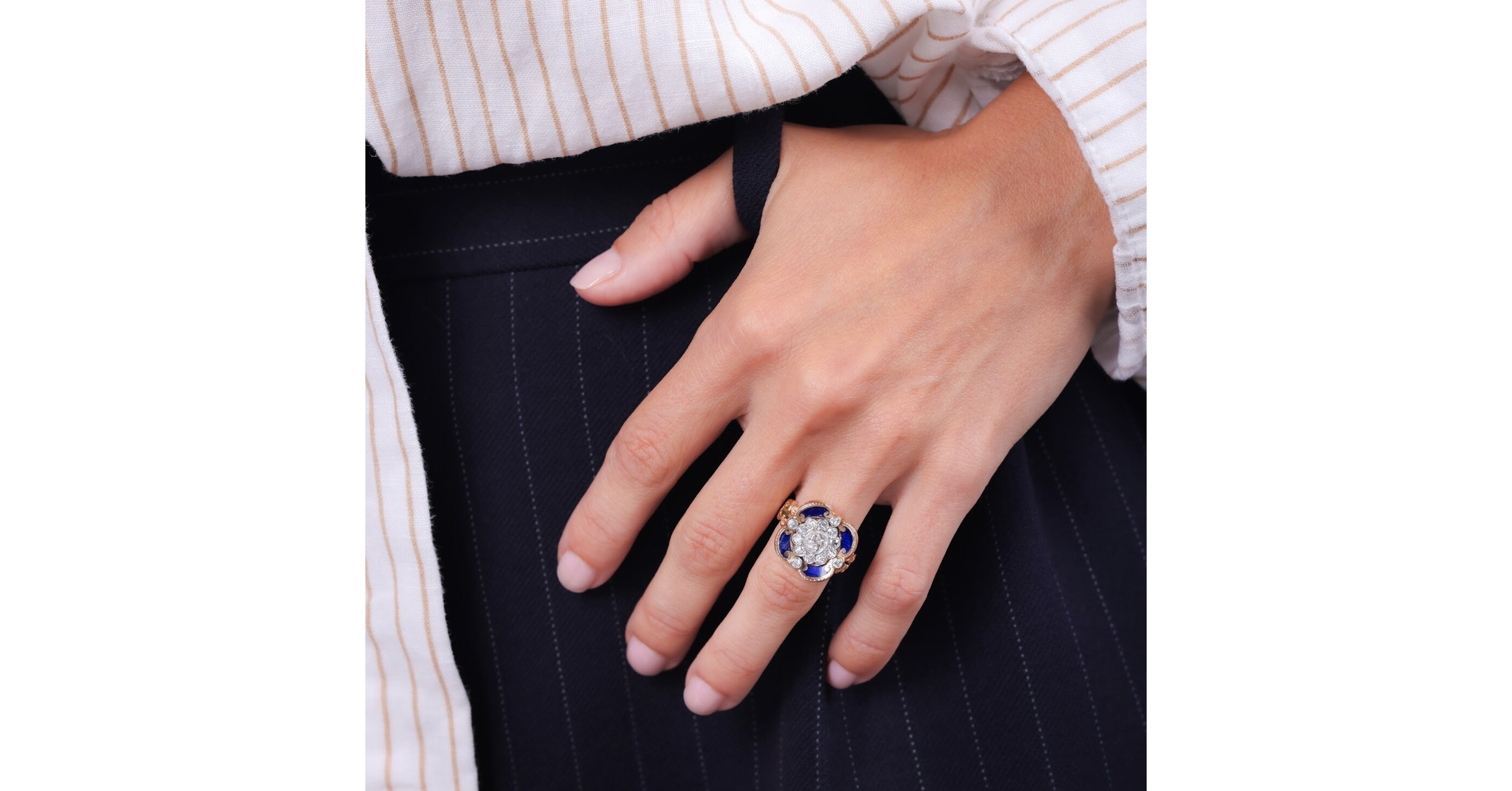When I was a kid I used to sneak out of bed at night to look at a painting in one of my mother’s art history books: by Michael Pacher. I was growing up in a conservative Christian home; Satan was of great interest to me. What did he look like? Would I be able to recognize him, if he came after me? I needn’t have worried.
The Devil in the painting was an emaciated green lizard with curled fangs and sheep’s horns. He stood upright on delicate cloven-hooved feet. His spinal column was a clustered row of craggy oyster shells ending in a flipped-up tail; on either side of the tail, embedded into his butt cheeks, were lidless eyeballs.
Beneath the tail was an open mouth with painted-red lips. One tiny, white tooth. I couldn’t get enough of looking at that painting.
It was only a matter of time before the Devil would wend his way into my own work. My new novel, , features an enigmatic devil character who materializes inside a backwoods cabin to torment (and perhaps befriend) a man known as The Prophet. This devil wears cowboy boots and a bolo tie—and he’s got a giant theological bone to pick.
Here, then, is a not-even- to exhaustive list of literary devils who were an influence as I drafted the novel. I’ve left out Dante’s , Milton’s , Goethe’s/Marlowe’s narratives, and any biblical references—only because I’ve assumed these texts as givens. * Little is known about the German mystic Mechthild, who experienced her first vision of the Holy Spirit at the age o.


















